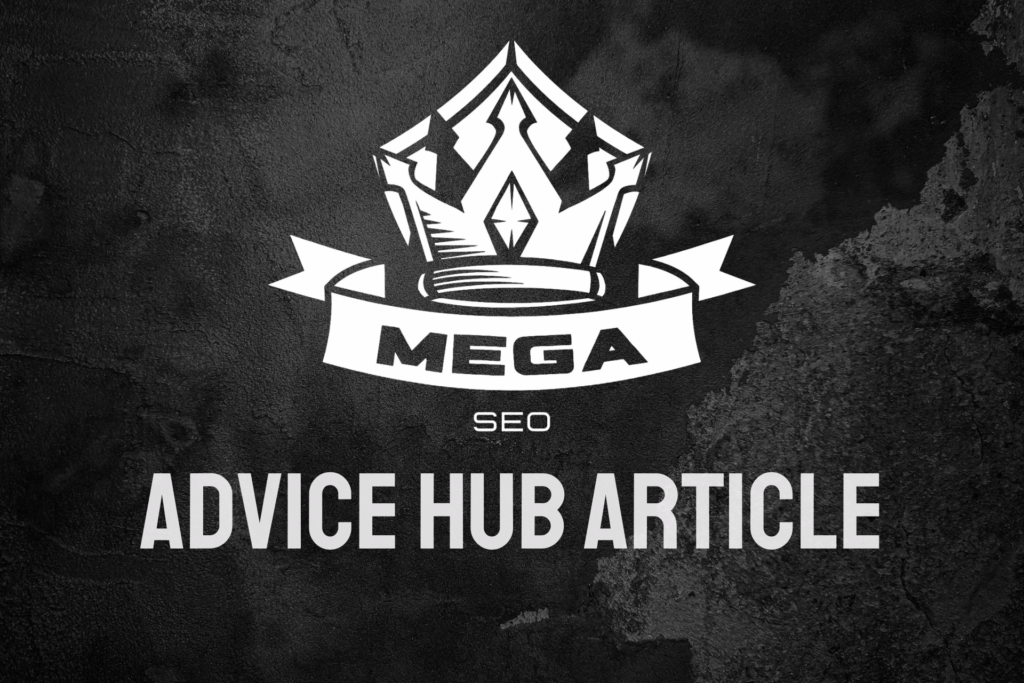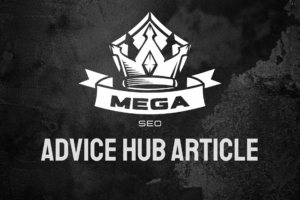Optimising images for SEO plays a crucial role in enhancing your website’s visibility and performance in search engine results. Properly optimised images not only improve your site’s loading speed but also contribute to a better user experience and higher search rankings….
Why Is Image Optimisation Important for SEO?
Image optimisation is a fundamental aspect of on-page SEO that often goes overlooked. When done correctly, it can significantly boost your website’s search engine performance. Here’s why it matters:
- Improved page load times: Optimised images are smaller in file size, leading to faster loading pages. This is essential for user experience and is a ranking factor for search engines.
- Better user engagement: High-quality, relevant images enhance the overall user experience, encouraging visitors to spend more time on your site.
- Increased visibility in image search: Properly optimised images have a higher chance of appearing in Google Image Search, driving additional traffic to your website.
- Enhanced accessibility: Well-optimised images with appropriate alt text improve accessibility for visually impaired users, which is both ethically important and beneficial for SEO.
- Reduced bounce rates: Faster-loading pages with optimised images tend to have lower bounce rates, signalling to search engines that your content is valuable and relevant.
Now that we understand the importance of image optimisation, let’s dive into the specific techniques you can employ to enhance your images for SEO.
How Can You Choose the Right Image Format?
Selecting the appropriate image format is the first step in optimisation. The most common formats for web images are JPEG, PNG, and WebP. Each has its strengths and ideal use cases:
JPEG (Joint Photographic Experts Group): Best for photographs and complex images with many colours. JPEG offers good compression and smaller file sizes, making it ideal for most web images.
PNG (Portable Network Graphics): Excellent for images that require transparency or have text overlays. PNG files are typically larger than JPEGs but offer better quality for graphics and logos.
WebP: A modern format developed by Google that offers superior compression and quality compared to JPEG and PNG. It’s becoming increasingly popular due to its efficiency.
When choosing a format, consider the image content and your specific needs. For instance, use JPEG for photographs and complex images, PNG for graphics with transparency, and WebP when you need the best balance of quality and file size.
What Are the Best Practices for Image Compression?
Image compression is vital for reducing file sizes without significantly impacting visual quality. Here are some best practices:
- Use compression tools: Utilise online tools or software like Adobe Photoshop, TinyPNG, or Squoosh to compress images before uploading them to your website.
- Experiment with compression levels: Find the right balance between file size and image quality. Aim for the smallest file size that still maintains acceptable visual quality.
- Consider lossy vs lossless compression: Lossy compression reduces file size by removing some image data, while lossless compression maintains all data. For web images, lossy compression is often sufficient and provides smaller file sizes.
- Implement responsive images: Use HTML5’s
srcsetattribute to serve different image sizes based on the user’s device, ensuring optimal performance across various screen sizes. - Lazy loading: Implement lazy loading techniques to load images only when they’re about to enter the viewport, improving initial page load times.
By following these compression practices, you can significantly reduce your image file sizes without compromising on quality, leading to faster-loading pages and improved SEO performance.
How Do You Optimise Image File Names and Alt Text?
Proper file naming and alt text optimisation are essential for improving image SEO. Here’s how to do it effectively:
File Names:
- Use descriptive, keyword-rich file names
- Separate words with hyphens (e.g., “red-sports-car.jpg”)
- Keep file names concise and relevant to the image content
Alt Text:
- Provide accurate, descriptive alt text for all images
- Include relevant keywords naturally, but avoid keyword stuffing
- Keep alt text concise (aim for 125 characters or less)
- Use context-appropriate language to describe the image
For example, instead of “IMG_1234.jpg” and alt text “car”, use “red-sports-car-2024-model.jpg” with alt text “2024 red sports car model on display at London Motor Show”.
Remember, alt text is not only crucial for SEO but also for accessibility, helping visually impaired users understand the content of images on your site.
What Role Does Image Sizing Play in SEO?
Proper image sizing is critical for both SEO and user experience. Here’s why it matters and how to do it right:
- Serve appropriately sized images: Resize images to the dimensions they’ll be displayed on your website. Avoid uploading large images and scaling them down with CSS, as this wastes bandwidth and slows page load times.
- Use responsive images: Implement the
srcsetattribute to serve different image sizes based on the user’s device and screen resolution. - Consider image dimensions: Keep in mind that extremely large images (in terms of pixel dimensions) can negatively impact page load times, even if the file size is optimised.
- Maintain aspect ratios: When resizing images, maintain their original aspect ratios to avoid distortion.
- Use modern image formats: Consider using next-gen formats like WebP, which offer better compression and quality at smaller file sizes.
By optimising image sizes, you can significantly improve your page load times, leading to better user experience and potentially higher search rankings.
How Can You Leverage Structured Data for Images?
Structured data, or schema markup, can help search engines better understand your images and potentially display them as rich results in search. Here’s how to implement it:
- Use appropriate schema types: Depending on your image content, use relevant schema types such as ImageObject, Product, or Recipe.
- Include key information: Add details like image URL, caption, and copyright information in your structured data.
- Implement JSON-LD: Use JSON-LD format for your structured data, as it’s Google’s preferred method.
- Test your implementation: Use Google’s Structured Data Testing Tool to ensure your markup is correctly implemented.
By leveraging structured data, you increase the chances of your images appearing in rich results, potentially driving more traffic to your site.
What Are Some Advanced Image Optimisation Techniques?
For those looking to take their image optimisation to the next level, consider these advanced techniques:
- Content-aware image CDNs: Use services like Cloudinary or imgix to automatically optimise and serve images based on the user’s device and network conditions.
- SVG for vector graphics: Use Scalable Vector Graphics (SVG) for logos, icons, and other simple graphics. SVGs are resolution-independent and typically have smaller file sizes.
- Image sprites: Combine multiple small images into a single sprite sheet to reduce HTTP requests and improve load times.
- WebP with fallbacks: Serve WebP images with fallbacks to JPEG or PNG for browsers that don’t support WebP.
- Optimise for Core Web Vitals: Pay attention to metrics like Largest Contentful Paint (LCP) and ensure your images don’t negatively impact these crucial performance indicators.
By implementing these advanced techniques, you can further enhance your image optimisation efforts and stay ahead of the competition in search rankings.
Elevate Your SEO with Mega SEO’s Expert Image Optimisation Services
Optimising images for SEO is a multifaceted process that requires attention to detail and technical know-how. By following the guidelines outlined in this comprehensive guide, you can significantly improve your website’s performance, user experience, and search engine rankings.
However, if you’re looking for expert assistance in implementing these strategies and taking your technical SEO to the next level, Mega SEO is here to help. Our team of seasoned SEO professionals specialises in comprehensive image optimisation techniques that can dramatically boost your site’s performance.
Don’t let poorly optimised images hold your website back. Contact Mega SEO today to learn how we can transform your image optimisation strategy and drive your SEO success.



